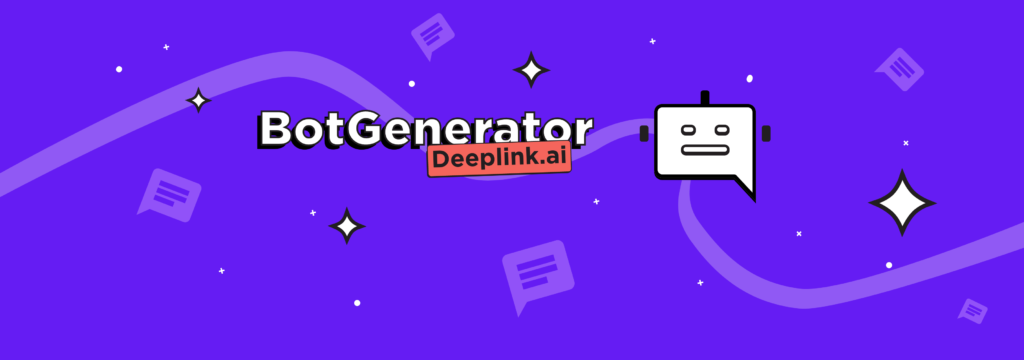Since its release two months ago, not a day goes by without talking about the ChatGPT phenomenon. Who hasn’t “played” with this hyper-powerful chatbot, which seems to have the answer to everything? The success is global, as the artificial intelligence is amazing. However, behind this success lies a fundamental question: what use will ChatGPT have in life? Here are some answers in the world of AI and chatbots.
This article was automatically translated. Read the original in french.
The truth is elsewhere
2022 has seen several AI topics explode into the open, such as ChatGPT, DALL-E or Stable Difusion. These models have one thing in common: they belong to a category of artificial intelligence known as generative. These algorithms can generate text, images, code, video and even audio. In this respect, the performance of the model behind ChatGPT is indisputable and has created the illusion of an inexhaustible encyclopaedia, accessible by a simple question: a real lark.

However, be careful not to fall into the trap: ChatGPT will always have something to tell you! Indeed, its generative algorithm is based on the principle of “predicting the next word”. Depending on what you ask it, it generates a text on the subject and it doesn’t matter if the content is true or false: that’s not its objective. That’s why it can tell you that the death penalty in Switzerland is either still practised or that it was abolished in 1874 or 1942 (which is the correct answer).
But then, if this algorithm is not there to give a ‘right’ answer, and it is necessary to verify everything that is generated, what is it good for? The question is all the more important as many controversies have already erupted: generation of essays by students, copyright problems on works of art, or will the profession of computer developer disappear (look, one of these articles was written by ChatGPT…)
Generate, paraphrase and synthesize
For several weeks now, ChatGPT has been integrated into the Deeplink platform, allowing our chatbots to provide a response when nothing was planned – a fallback solution. But that’s not the only benefit of generative AI, here are three concrete things that could transform the creation of chatbots.
Firstly, as this type of algorithm is very good at generating text, it can be useful for paraphrasing a chatbot’s responses. The only precaution is to limit it by forbidding it to add artificial content (a risk raised in our first article on ChatGPT). Thus a chatbot can propose alternative answers to the same question, and diversify the experience.

Secondly, this type of algorithm is also very good at summarising content, it can summarise an entire paragraph in one or two words. For us, this would allow us to determine a category, a theme or a word representative of a paragraph: we could transform it into a button used to direct the bot’s dialogue.
Finally, an AI needs example sentences to fully understand a topic. Often collecting these requires human input, which takes time. With generative algorithms, it is possible to artificially create an initial collection of alternative sentences, allowing the AI to be pre-trained so that it does not start from scratch. But here, a word of caution: there is nothing like real discussions with humans for effective learning. ChatGPT has not been trained on spoken language but on written language, and the way we interact with a bot is often far from the writing style of an article, an email or a blog.
BotGenerator
The theory is good. But in practice, what would it be like? We’ve tried it out, in our own way, with BotGenerator. From today, test the first fully autonomous chatbot generator.
The idea is to ask you for a single sentence, which describes the main topic you would like to cover with a chatbot. From this and using generative AI, we generate everything: the texts, the dialogue, the buttons and even the images, and this autonomously, without human intervention. The texts were generated with GPT3, and the images with Stable Diffusion.
It is obviously a demonstrator, which “gamifies” this process. But it is also a first concrete milestone of the kind of tasks that are likely to evolve with the help of AI.
Curious to know what a real custom bot could do for you or your company? Don’t hesitate to contact us.
One last thing… the image in this article was generated through AI by our BotGenerator.
